Givendale
In September, I was made a Canon of York Minster. Having been appointed to the Canonry and Prebendary of Givendale, it made sense to go and find Givendale and see what is there. The only information I was given was that the prebendary is of “Little Givendale in the East Riding”. These details, although slim, were enough to keep me from heading over to the other Givendale near Ripon.
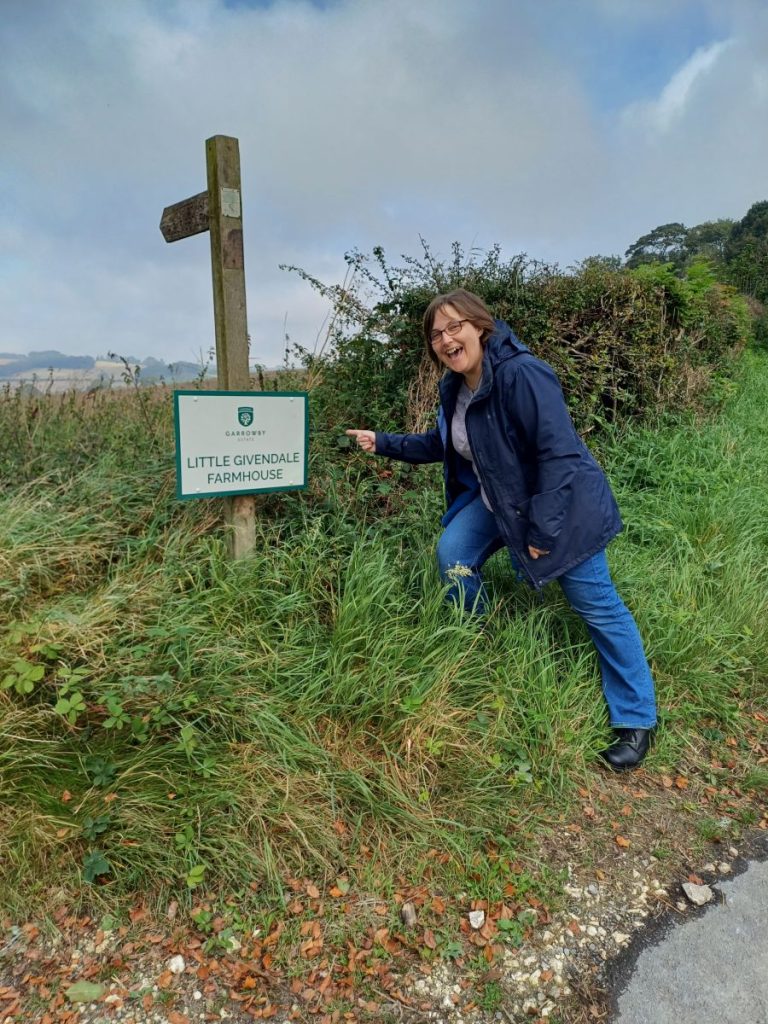
There is no church or village of Little Givendale, although there is a farm called Little Givendale Farm. Having persuaded Phil to come on a morning out, we headed out in that direction and found the tiny village of Great Givendale. We stopped to look in St Ethelburga’s Parish Church, which is left open for anyone passing to go in and use.
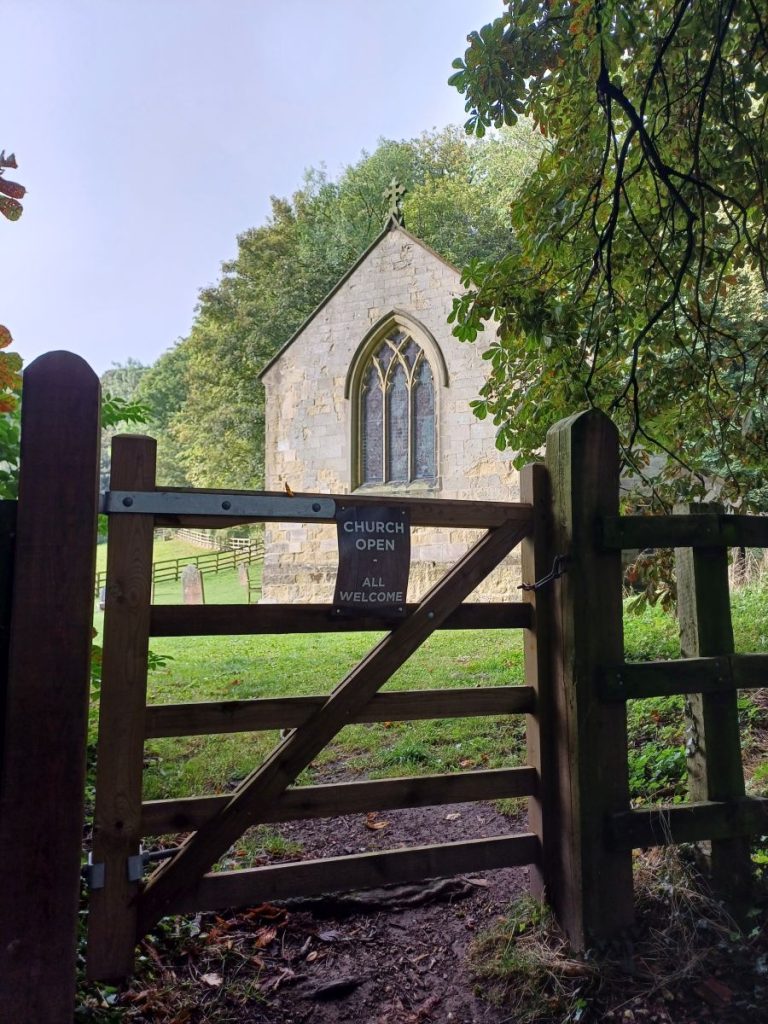
There was one copy of a historical leaflet left. Rather than take it, I scanned it with my phone. This is a purely historical leaflet, although written with an obvious love and care for the church building and community. Someone has gone to the trouble of finding original sources that illustrate the story of the church building and its use by the community, focussing particularly on correspondence from members of the local landed gentry.
The overall impression of St Ethelburga’s Great Givendale is of a much loved building, well-kept and used occasionally for worship.
A laminated card on the priest’s stall included a lovely prayer:
A prayer for the people of Givendale
Heavenly Father, in your grace and mercy bless
those who worship in this church and all who live
in this community. Be with them in their daily
lives, in times of sorrow and of joy, and may they
be ever mindful of your love. Through Jesus Christ
our Lord. Amen.
This pretty much sums up the relationship between priest and people that is a feature of Anglicanism and the parish system in particular. It’s about care for the whole community, representing the people to God helping them to understand the love of God as it has been revealed to us through the witness of Jesus Christ.
Thixendale
Max and James recommended a trip to Thixendale, saying that it had received Heritage Lottery Money to install an impressive sound and light show. An excellent recommendation.
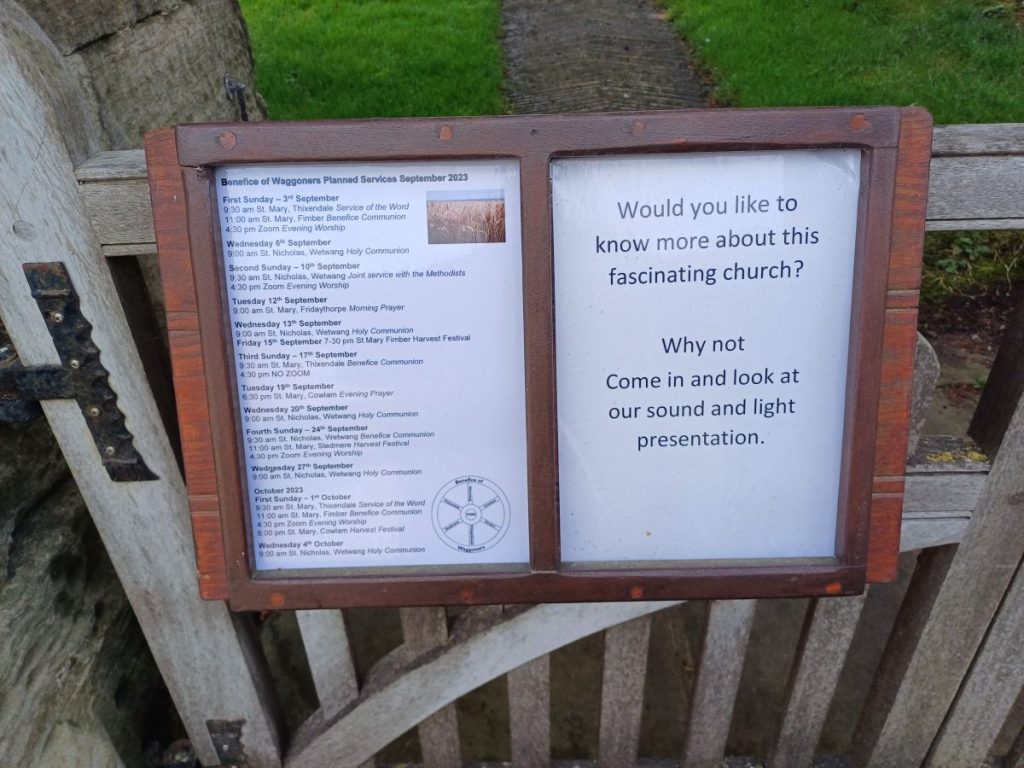
The setup is rather ingenious. There is a push-button next to the church door, which triggers a 9 minute audio tour of the building. Lights go on and off to indicate which areas of the building the audio tour is referring to. Apologies to Phil, who had to listen to the presentation twice.
The audio tour assumes a fairly high level of knowledge of Christianity. It talks about the sacramental significance of the font and altar, without explaining baptism or the eucharist. The remainder of the tour is solely concerned with the architectural features of the building, majoring on who built different bits. Oh, and the organ is described as being “like having a Rembrandt in the corner” – now I understand why James and Max recommended this as a place to visit!
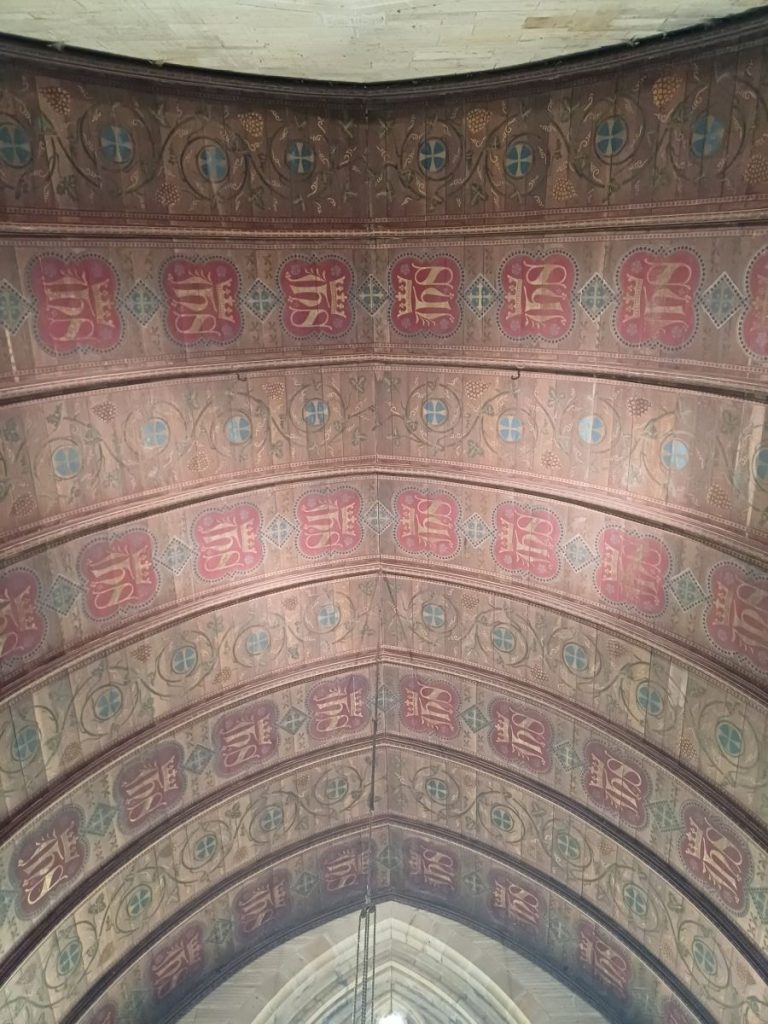
Alongside this, there are small frames with more accessible-language descriptions of the main features of the building.
- Pulpit – From the pulpit the word of God is spoken as the sermon is preached, often using a text from the readings for the day. The pulpit lifts the preacher up so they may be heard and seen by the congregation
- Lectern – The Bible is read from the lectern. Many lecterns are formed in the shape of an eagle. The eagle is the symbol of St John, writer of the 4th Gospel. The image of this bird symbolises the duty of the Christian to spread the Gospel (Good News)
- Altar – The altar is the focal point of the church. Here, at Holy Communion, the bread and wine are taken, blessed, broken and shared to become for Christians the Body and Blood of Jesus. Here also the bride and bridegroom kneel for a blessing at their wedding
- Font – At the font we begin our Christian journey of life. Here at this font, babies, children and adults are baptised with water, signed with the cross, anointed with holy oil and receive the sign of light in a candle. We welcome you.
At the back of the church there is further evidence of Heritage Lottery Fund input in a series of information boards. These focus on significant people in the life of the church, particularly the Reverend William Henry Fox, who was the first vicar of the church, from 1870, who helpfully kept a comprehensive diary during his tenure. The board describes some of the church groups that he set up and indicates a thriving congregation. The other people described are the patron (local lord of the manor) and the architect.
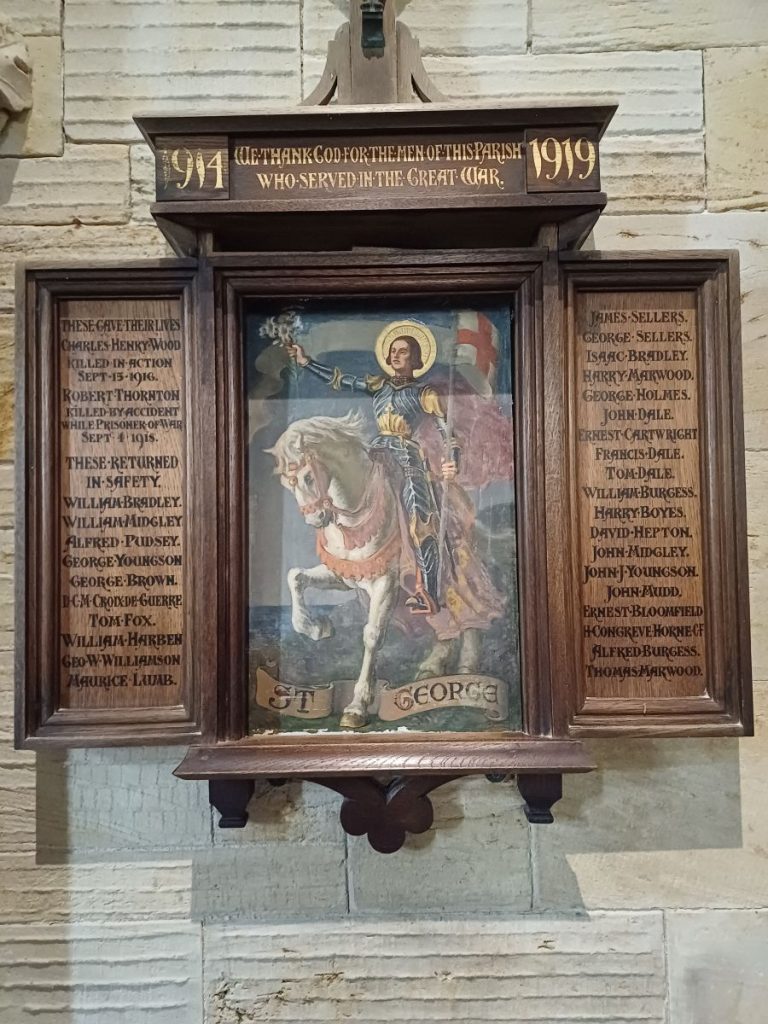
Someone at the HLF clearly loves jigsaws as there is a magnetic jigsaw of the picture of St George, which you can see on the war memorial. The magnets are rather losing their strength so it is quite a challenge to finish.
Along one wall there are some community art projects from recent years – one is possibly a millennium project (although it includes the date 1996 so maybe not) and the other is a project done with children from the local school on Night and Day.
Taken all together, this church was really interesting. There is a lot to learn about both heritage and faith.
What’s missing?
I didn’t get much of a sense of the contemporary life of this church community. It would be good to include some invitations to discover more about what is going on and some pictures of the congregation.
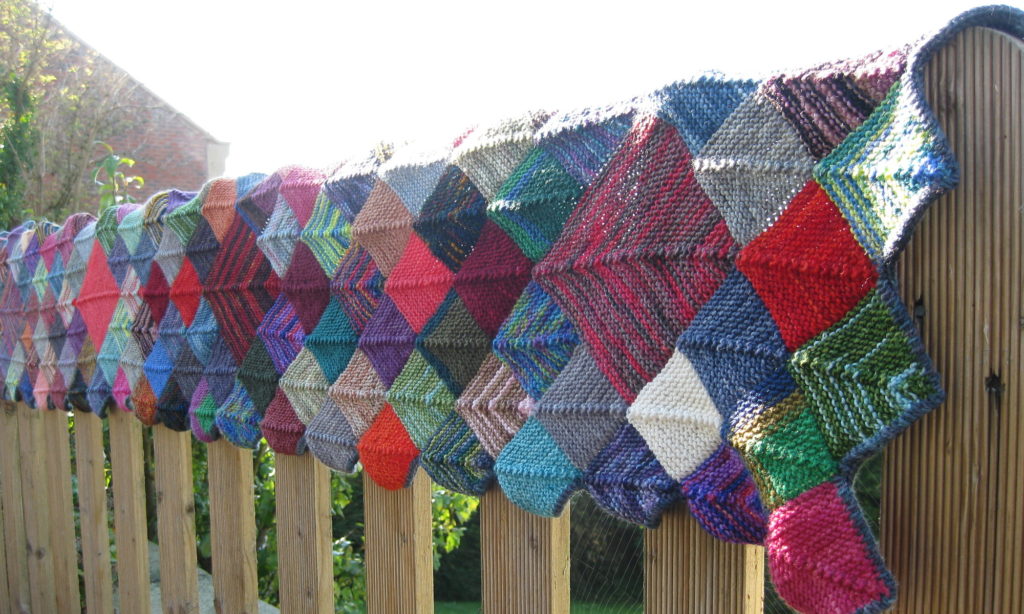
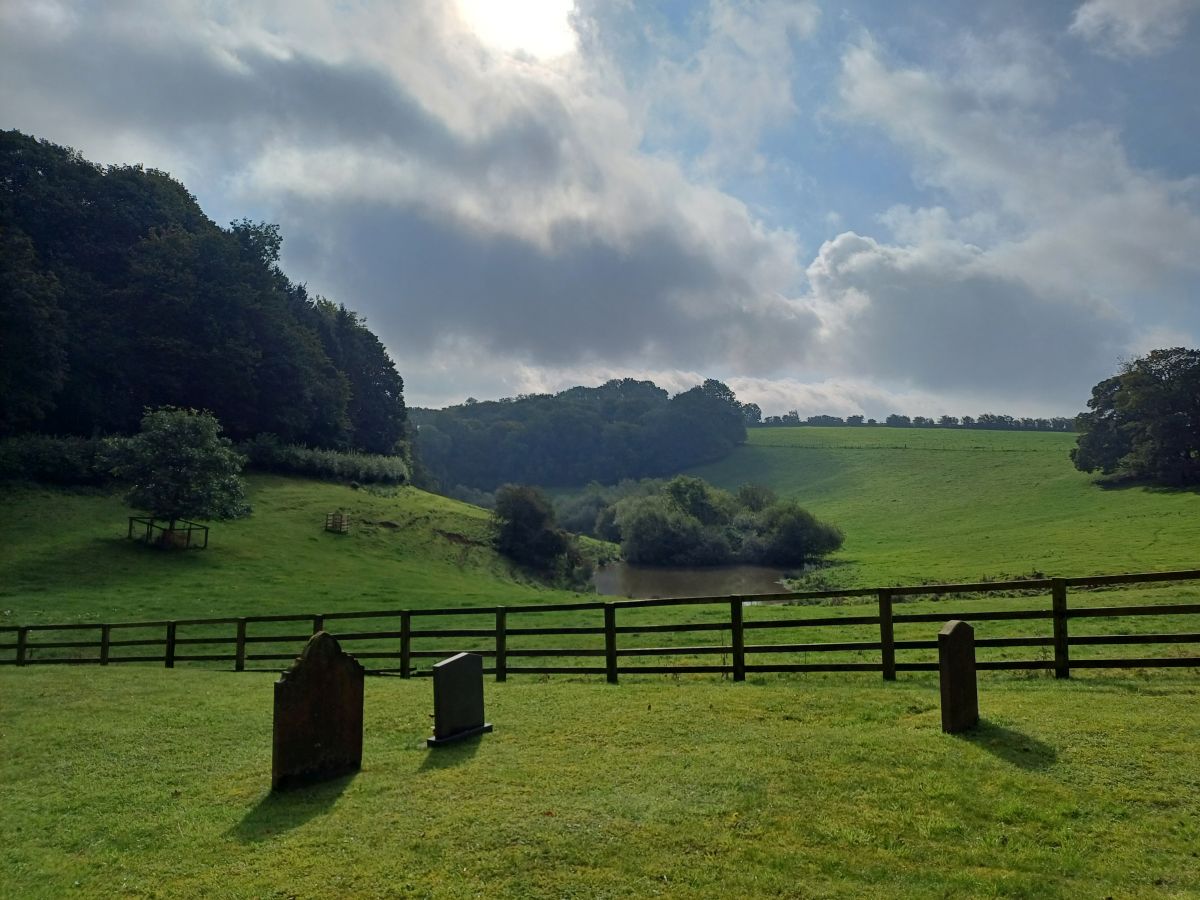
Comments
One response to “Givendale and Thixendale”
Hello. I am reading this whilst in Cougee Australia. My son who lives in a place called Dubbo, the other side of the Blue Mountains has taken an Air B&B for our stay. It is Spring but rather warm. It’s so lovely to see him and Brieta his wife and our grownup granddaughters. The hugs are wonderful. Our stay here is coming to an end and we travel to Japan on Tuesday for our next trip. The last occasion I was here I went to an Evensong at Randwick church, it’s sad that I shall not have time to do so again. I loved your comments on Thixendale church and will make sure I get to visit on my return. Do hope you and Nicky are well. Give my love to Anthony and the Elves. I shall be back to St Helens before I know it. With love Jane